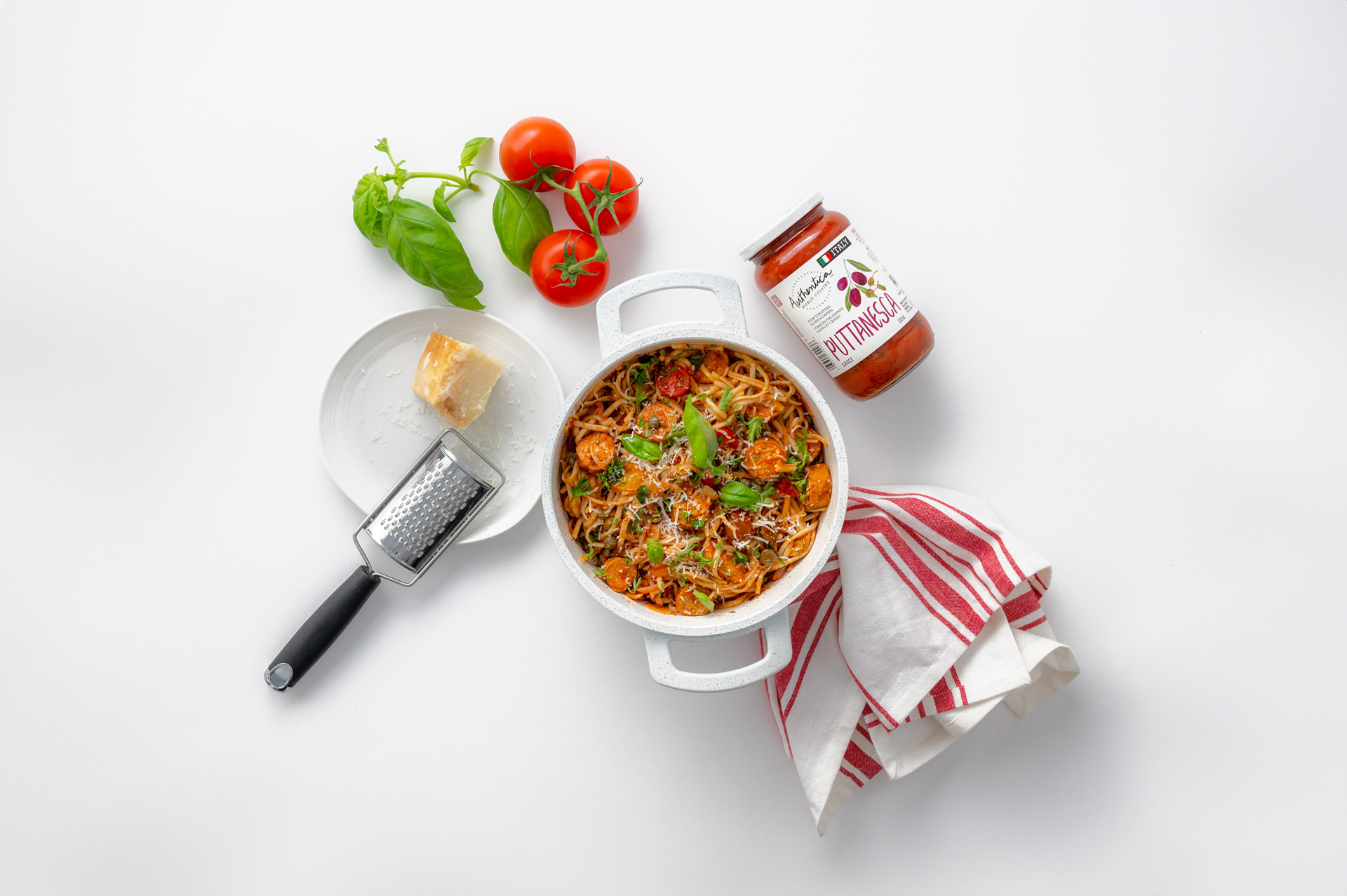There’s a reason why every time you take a bite of piping hot spaghetti Bolognese or pesto linguine your taste buds do a little happy dance.
While made with just a few simple ingredients, these authentic Italian dishes rely heavily on classic Italian herbs for their next level flavour.
Here are a few of the top herbs we use in our small batch, all-natural sauces to ensure we’re delivering the most flavourful Italian experience. You can do the same!
Basil
Often the first herb you think of when it comes to Italian cuisine, basil adds freshness to any dish. Used fresh in sauces, soups and salads, basil is considered one of the healthiest herbs thanks to its high levels of vitamin K, vitamin A, manganese and copper. Use it to bring a flavour infusion to appetizers like our Bee’s Knees homemade pizza. Gently wipe your fresh basil with a damp paper towel before using it. The best flavour will be found a day or two after picking.
Rosemary
One of the heartier Italian herbs, rosemary is also loaded with vitamins and minerals, and grows in abundance in Italy. It’s often used as a seasoning in robust meat dishes including roast leg of lamb and prime rib roast. Don’t hesitate to use it in abundance on roasted veggies like carrots and potatoes—while pungent at first, its aroma mellows after cooking. Fresh rosemary stores in the refrigerator for about a week.
Oregano
Most flavourful in its dried form, a little oregano goes a long way. It’s most commonly used to season sauces, pizza and veggie dishes, and is also used as an essential oil for its antibacterial properties. Oregano’s potential health benefits don’t end there. The herb has high amounts of Omega-3s, iron, manganese and antioxidants. There’s also research to suggest it could help with inflammation. We love how it combines with black olives and capers to bring about strong and intense flavour in our Puttanesca Sauce.
Thyme
Perfect for marinating meats and some seafood, thyme is a powerful herb that should be used sparingly. Thyme is most commonly found in Southern Italian sauces that include hot peppers and eggplants. It can be used fresh by simply removing the small leaves from their stalk and sprinkling over dishes like our Gnocchi Con Salsiccia just before serving.
Authentica Kitchen Tip: the flavour of dried herbs takes time to release so it’s recommended to almost always add them during the cooking process, not after. If you’re working on a recipe that isn’t set to simmer for long, rub your dried herbs between your fingers to help release the flavour faster.
Sources:
https://www.eduardosenoteca.com/blog/post/the-surprising-health-benefits-of-italian-seasoning
https://toscanaslc.com/blog/guide-to-italian-herbs-spices/
http://www.italianfoodforever.com/2011/11/cooking-with-herbs-in-an-italian-kitchen/
Tight-on-time Dinner Recipes
See all Recipes



Showing 0 reviews
Thanks for submitting your comment!